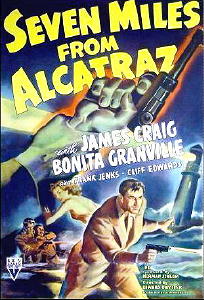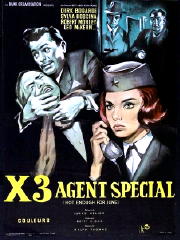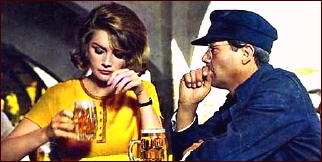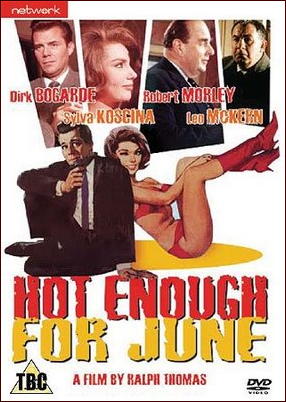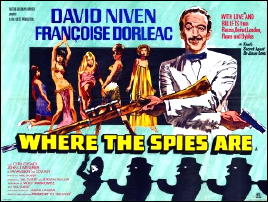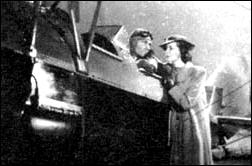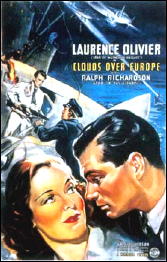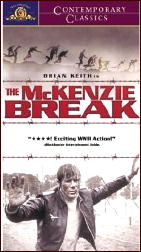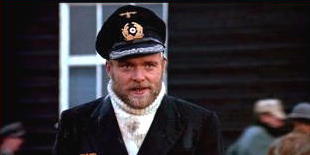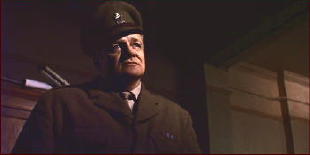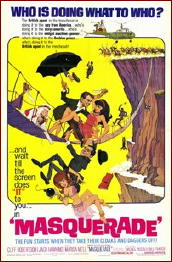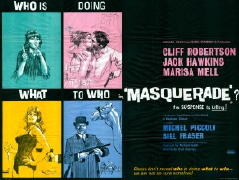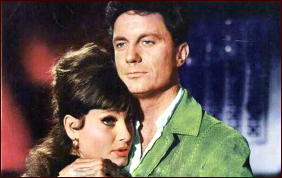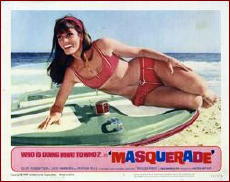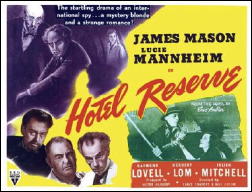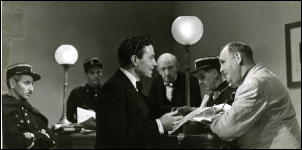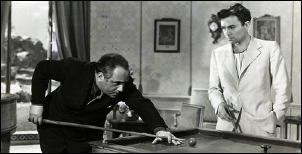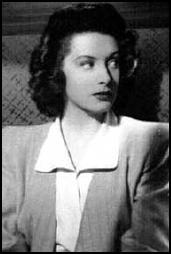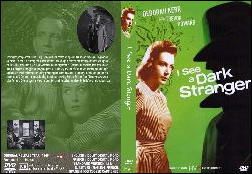THE SPY WHO PARODIED: THREE BRITISH SPY SPOOFS FROM THE SIXTIES, PART II
by David L. Vineyard.
Previously on this blog: Where the Spies Are (1966).
THE LIQUIDATOR. MGM, 1965. Rod Taylor, Jill St. John, Trevor Howard, Wilfred Hyde-White, Akim Tamaroff, David Tomlinson, Eric Sykes. Song over opening credits sung by Shirley Bassey. Based on the novel by John Gardner. Director: Jack Cardiff.
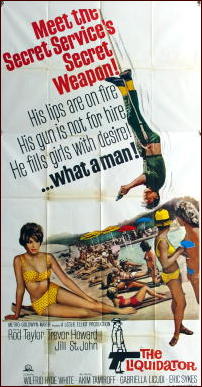
The driving Bondian theme song by Shirley Bassey, accompanied by handsomely done animated titles, lets you know what you are in for in this well done British spy spoof based on John Gardner’s Boysie Oakes novels.
Rod Taylor is well cast as Boysie, a handsome amoral bungler, coward, and general screw-up, who is mistaken by Colonel Mostyn (Trevor Howard at his best) of MI6 for a cold blooded killer when they meet during the fall of Nazi-held Paris.
Twenty years later Mostyn is second in command of MI6, and a series of defections and had headlines has convinced his boss (Hyde-White) that what the service needs is an executioner, a liquidator who will rid them of embarrassment before it gets that far.
Mostyn remembers Boysie, whom he finds burying his partner (they owned a pub together) whose wife he has been having an affair with.
Mostyn jumps to conclusions, and before he can protest, Boysie finds himself the private executioner for the British Secret Service.
And it isn’t a bad life. He has a lush apartment, a nice stipend, a sexy sports car, a parade of beautiful girls, and there is always the sardonic Mostyn’s secretary Jill St. John — if only there wasn’t that silly rule about inter-service romance.
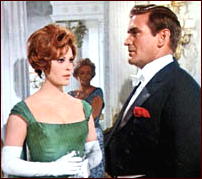
Then the first problem arises. They actually want Boysie to kill some one.
He does his best, but he just can’t manage it. But rather than give up his new life, he finds an out. Charlie Griffin is a sort of private version of Boysie, a likable Cockney (Eric Sykes) who finds this new political work both fulfilling and challenging. A perfect working relationship is formed.
Seems Boysie has it all now. If he could only control that libido.
Which is the one thing he can’t control. So he plans a little getaway with St. John on the Cote d’Azur. Just pull the wool over Mostyn’s eyes and have a little fun.
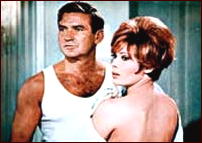
You know that won’t go well, and it doesn’t. Boysie is captured by a Soviet agent (Akim Tamiroff) and rescued by an annoying David Tomlinson, who puts him and St. John under house arrest.
But Boysie is as lucky as usual. They need him. There is a mission, a security test at an RAF base (wouldn’t you know it, just the idea of flying makes Boysie deathly ill), a mock assassination of the Duke of Edinburgh, Prince Philip.
Which is how Boysie ends up the only conscious person on a top secret RAF fighter plane with no idea how to land the thing.
Thanks to the cast and a script that closely follows Gardner’s novel, this spy spoof works both as a send-up of Bond and as damn good spy film on its own.
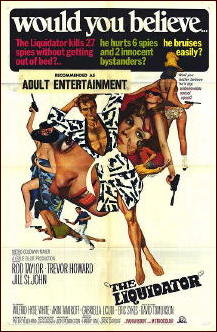
Taylor’s way around a reaction shot and his ability to look dashing and frightened out of his wits at the same time make him an ideal Boysie, and the direction by former cinematographer Cardiff is tight and well paced.
Howard, St. John ( who never got her due as an actress), Sykes, and Tomlinson are all superior, and you will find yourself humming the title song even if you don’t want to.
Gardner, a former commando who turned leftist Church of England reverend, wrote Boysie as a reaction to the Bond phenomena, proving himself a serious suspense and spy novelist. He guided Boysie, Moystn, and Griffin through ten novels with ironic endings, and then in the greatest irony, he ended up writing fourteen books about James Bond himself.
Boysie never made it to the screen again, but this was still one of the brightest moments of the spy craze.
Coming soon:
Agent 8 3/4 (1964) with Dirk Bogarde and Sylvia Koscina.
Editorial Comment: For my review of this same film, check it out here, posted in July of last year on this blog.
